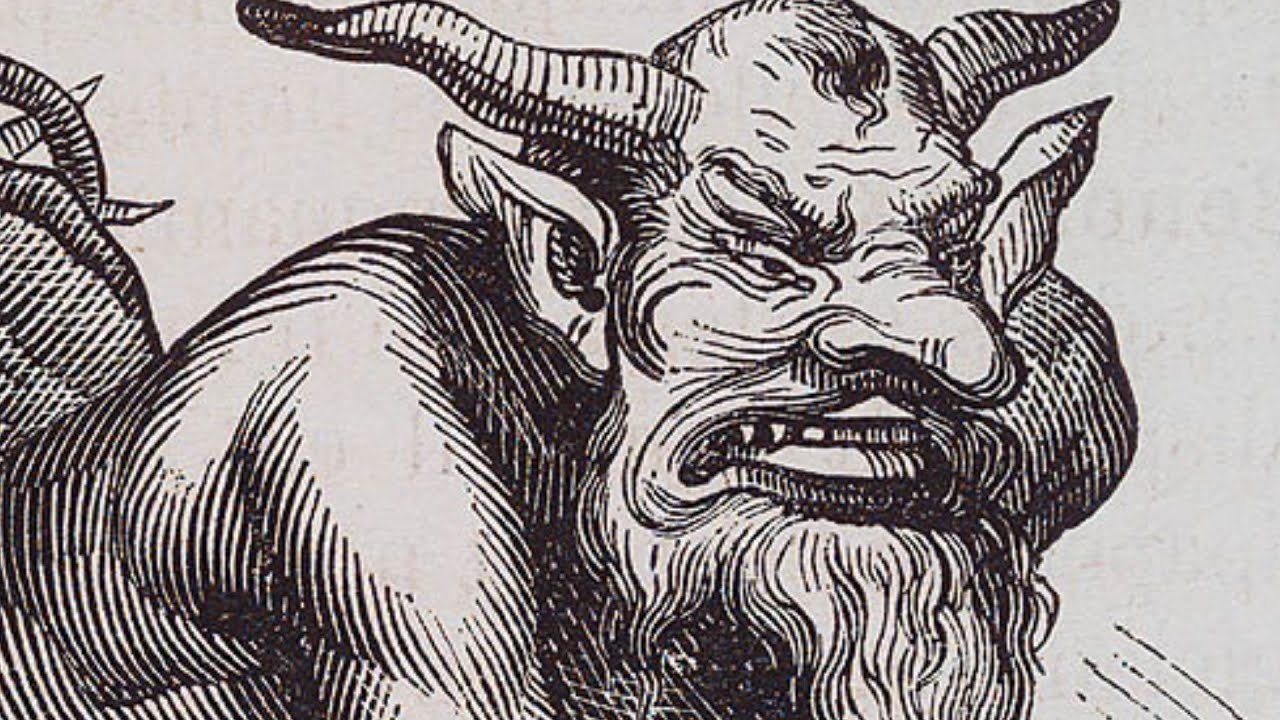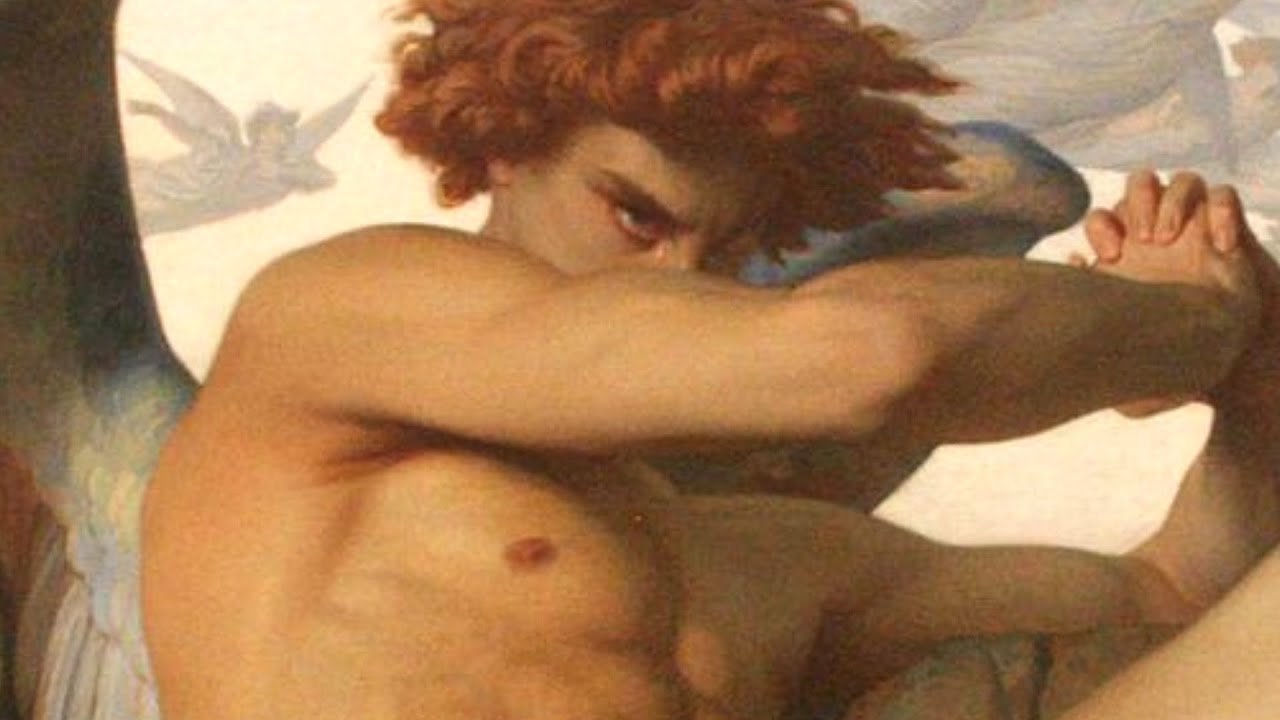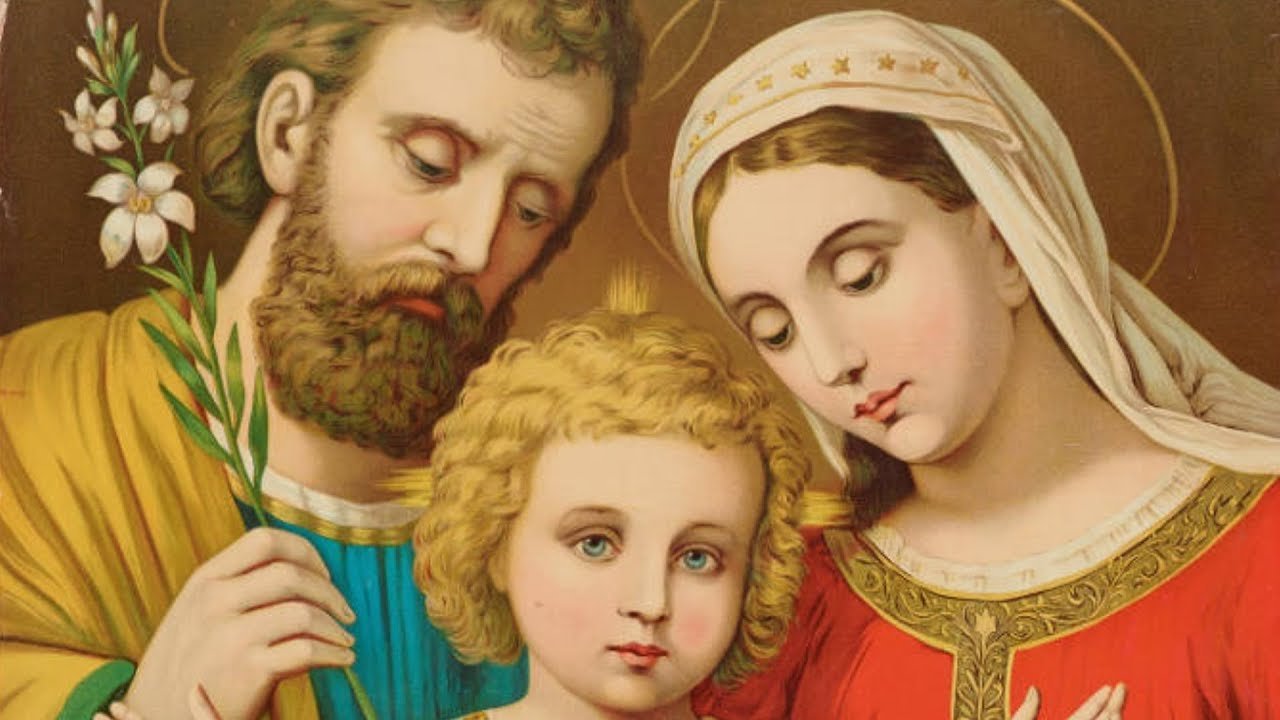With Sam Smith’s…demonic performance at the 2023 Grammy Awards, all things Satanic Panic seem to be back in the news. But this recent trend actually has a long history that stretches back to the Reagan administration. Satanic Panic was preceded by the rise of evangelical Christianity that,
In some opinions, cultivated a paranoid fear of supernatural evil. This is exemplified by the “evil empire” speech delivered by President Ronald Reagan on March 8, 1983. The speech was delivered to the National Association of Evangelicals, shortly before Reagan was re-elected to a second term. Though Reagan was talking about
The Soviet Union, his use of concepts like good versus evil spoke to a sea change in Americans’ relationship with religion, especially as many joined the evangelical Christian movement. “We will never abandon our belief in God.” Because of this change, Reagan courted the favor of the Moral Majority. The Moral
Majority was a political action group formed in 1979 by Baptist minister Jerry Falwell, Sr. It successfully aligned itself with conservative values and the political right, setting the stage for the conservative Republican politics that are still active in the U.S. government. After Reagan’s election in 1980, his ties to the Moral Majority continued.
A growing number of Americans were taking part in conservative Christianity that pushed back against the more liberal cultural changes of the 1960s and 1970s and new religious practices like the Church of Satan. Though the Church of Satan was actually atheism dressed up like
A carnival sideshow, from the outside it was terrifying to Bible-believing evangelicals. As the 1980s progressed, it was clear that mental health services were going to be a more prominent part of American life. However, the rise of legitimate psychologists, psychiatrists, counselors, and other health professionals was mirrored by the rise of
Quack practitioners as well. Dubious therapies like hypnotic regression also helped to set the stage for a Satanic Panic based on concepts like “recovered memories.” According to the British Psychological Society, recovered memories are especially controversial because they are often difficult to prove. Additionally, they may be generated whole-cloth
As patients ruminate on their experiences with the help of over-eager therapists. Adding to the confusion was the desire for fame and fortune, which seemed to push many professionals to ignore concerns as they gained renown for fighting back against evil but unseen Satanists.
The proliferation of mandatory reporting laws and strengthened child protection services over the course of the latter 20th century is also tied into the story. Unfortunately, there’s no doubt that child abuse was a persistent problem long before the 1980s. But,
The growing attention towards abuse, paired with rising concerns about the very soul of the nation, primed a powder keg. With so many Americans worried about evil in both its temporal and supernatural forms, it now seems that something explosive was bound to happen.
“Michelle Remembers,” published in 1980, was the first work to claim that Satanic practitioners were ritually abusing children. Written by Michelle Smith and psychiatrist Lawrence Pazder, the book contained lurid stories of abuse uncovered during Smith’s therapy sessions. It was during those sessions that Pazder began to use hypnotic regression.
At first, these were worldly horrors like purportedly witnessing a murder, but as the sessions continued, the recollections took on a paranormal tinge, with graveyard rituals, consumption of human remains, and even the Devil himself. At one point, Michelle claims, occultists installed horns and a tail into her own body.
“Michelle Remembers” has now been thoroughly debunked, both because Pazder used unproven methods and because no corroborating evidence was uncovered. For those who believed that well-organized Satanists were wreaking havoc in the world, this was a stark, terrifying confirmation. For others, it was a graphic, compelling story that took hold of
Their imaginations and made the changing world all the more terrifying. For Smith and Pazder, it was the ticket to a highly public and lucrative career as speakers and consultants. “The book’s already a big bestseller!” “Did you realize that?” Though the writers of “Michelle Remembers” claimed that a well-organized Satanic cult was operating
In Canada, it wasn’t long before the Satanic Panic hit the U.S. In California, the McMartin preschool case proved to be one of the most expensive and traumatic legal affairs to stem from the panic. It began with a call made in August 1983. Judy Johnson, whose son went to the McMartin
Preschool in Manhattan Beach, California, told the police that her son had been abused by a teacher. In a letter, she also said that her son witnessed the teacher, Raymond Buckey, flying through the air. His mother and school administrator Peggy McMartin Buckey supposedly
Took Johnson’s son to an armory where a “goatman” was present in a “ritual-type atmosphere.” “Wouldst thou like to live deliciously?” During the investigation, police sent a letter to the parents that graphically referred to “possible criminal acts” and named Raymond Buckey.
This set off a panic. When interviewed, most children at first denied that anything happened but questionable interview techniques pushed them to make lurid confessions. The court case that followed dragged on for years and cost $15 million. It fizzled into nothing after investigators found no evidence to support the claims. Eventually,
Judy Johnson’s initial testimony was brought into question. After her death, it was revealed that she had been diagnosed with paranoid schizophrenia. Many of the children interviewed for the McMartin preschool investigation spoke with Kee MacFarlane. MacFarlane and her team, none of whom were licensed, spoke to hundreds of children.
MacFarlane employed controversial techniques. One assistant told children that others had already divulged their “yucky secrets” in an effort to defeat the teachers who were “sick in the head.” The investigator even directly asked at least one girl if “Mr. Ray” did the touching.
When the girl denied this, the investigator repeatedly asked how Mr. Ray “would have” touched someone until the girl pointed to an anatomically correct doll’s private parts. Could young children, who spoke of secret tunnels beneath the school, goatmen, and flying teachers, be trusted when investigators like MacFarlane goaded
Them on? In at least one exchange, quoted by The New York Times, she told a child, “You’re just a scaredy cat. How come you won’t tell me?” These and other dubious techniques spread throughout the Satanic Panic. Investigators, some of whom helped to imprison accused people for years,
Relied on unproven techniques like the analysis of children’s drawings, how they played with toys, and interviews packed full of leading questions. As the panic grew, police departments began to train officers for what seemed to be a rising tide of Satanism. At least, that’s what people like Kee MacFarlane believed. MacFarlane, the
Unlicensed investigator who worked on the McMartin preschool case, told California legislators that, “Preschools in this country in some instances I think we must realize have become a ruse of larger unthinkable networks of crimes against children.” Police training for the Satanic Panic has come into question. The training taught
Police investigators to treat everything from graffitied pentagrams to heavy metal music as evidence of occult activity. One document from the Chicago Police Department, assembled by a “gang crimes and ritual abuse specialist” in 1989, alleged that even the innocuous peace symbol was really an occultic “Cross of Nero.”
While paranoia grew within police departments, practically no evidence uncovered a vast, satanic conspiracy. Yet, people like Lawrence Pazder, who co-wrote “Michelle Remembers” and helped to set off the panic, remained in high demand as a paid “expert” consultant.
As part of the Satanic Panic, people began to grow wary of the imagery and culture of heavy metal music. Tipper Gore, wife of then-Senator Al Gore, helped to form the Parents Music Resource Center in 1985. The PMRC was founded with the intent to give parents greater control
Over children’s access to music with violent or sexual imagery, including occult themes. It was tied to the same moral fears that gave rise to the Satanic Panic. At the same time, police departments and investigators were told to be especially wary of metal music, which
They were told contained hidden occult messages that led teens along a dark, otherworldly path. “Well I know he and his friends listened to devil music.” “The night Chicago died?” The paranoia surrounding the look and sound of metal music very nearly killed Damien Echols. Along with Jessie Miskelley and Jason Baldwin,
Echols was convicted of the 1993 assault and murder of three boys in West Memphis, Arkansas. The three young men were eventually called the “West Memphis Three.” The evidence linking the trio to the murder was scant and largely circumstantial. The convictions were
Based in part on their goth aesthetic and love of metal music, which investigators linked to occult elements that were supposedly identified at the crime scene, but never confirmed. Though Echols was initially sentenced to death, all three have now been released from prison. The true killer of the boys has never been identified.
While people grew frantic at the prospect of satanic groups abusing children, real people were being convicted on little evidence. Some, like Damien Echols of the West Memphis Three, just barely escaped execution. Others were imprisoned for many years, only to be released when people questioned the evidence presented. A few remain in prison today.
Frank and Ileana Fuster were arrested in August 1984. They were charged with committing abuse at their home daycare in Miami, Florida. Janet Reno, then serving as the Dade County state attorney, prosecuted the couple based on child testimony, a single medical test,
And Ileana Fuster’s confession. Some argued that the children were pushed to confess, much like the minors in the McMartin preschool case. Furthermore, Ileana eventually recanted, maintaining her innocence while saying she simply wanted the ordeal to be over. She was imprisoned for three years and then deported to Honduras in 1989.
A 1990 made-for-TV movie, “Unspeakable Acts,” may have influenced public perception of the case. Frank is still in prison today. Though the evidence presented at the Fuster’s investigation and trial was shaky, the truth remains that Frank had prior convictions. This points to the
Distinct possibility that some children, both in the Fuster case and beyond, may be genuine abuse victims whose stories are overshadowed by claims of conspiracies and the supernatural. Though the U.S. seemed to be the heart of a mysterious network of Satanic abusers,
The panic spread outwards into other countries. In 1992, it struck Martensville, Saskatchewan. A local daycare was targeted after children claimed to have been abused by the people working there. Some claimed to have been taken to a blue shed outside of town, which they called the “Devil
Church.” It was there that they were supposedly trapped in cages and made to participate in blood rituals. The accusations went to trial in 1993, but further scrutiny brought police investigation techniques into question. Though some of the accused were convicted, the
Vast majority of their sentences were overturned after authorities failed to produce any evidence. In 1997, Italy experienced its own Satanic Panic with the “Devils of Lower Modena.” After a local parent referred her child to a psychologist to counter possible abuse, it spun into a widespread
And paranoid investigation. Children claimed that they were made to participate in murders, blasphemies, and gory nighttime rituals held in cemeteries. Sixteen children were removed from their families and six people were convicted. As in so many other cases of Satanic Panic,
No one ever uncovered proof that satanic ritual abuse or murder had taken place. Media outlets began to grow skeptical of the moral panic beginning in the late 1980s. In 1992, the U.S. Department of Justice published a study written by Special Agent Kenneth Lanning that
Debunked the whole affair. Lanning, who was a consultant on hundreds of Satanic Panic cases, criticized the mutable definitions of Satanism used by law enforcement agencies. He also noted that some of the alarming symbols used by “Satanists” were ultimately innocuous things like heavy metal music and role-playing games.
By 1995, a television film produced by HBO, “Indictment: The McMartin Trial,” marked the growing disbelief surrounding the specter of satanic ritual abuse. The movie portrayed Ray Buckey, the accused man at the center of the McMartin preschool trial, as a victim of moral panic.
That doesn’t mean the Satanic Panic was entirely over. A training film called the “Law Enforcement Guide to Satanic Cults” was produced in 1994. Cases bearing the marks of the panic are still in the court system. The “Devils of Lower Modena” case that supposedly
Centered on satanic ritual abuse in Italy was still being argued in court as recently as 2019. Though it’s now largely derided by mental health professionals, belief in ritual abuse committed by a highly organized and efficient underground group of devil worshippers is still out there. One
Therapist practicing in Salt Lake City, Barbara Snow, was put on probation for reportedly planting memories of satanic ritual abuse in her patients. Snow, who is still a practicing therapist, at one time treated Teal Swan, a controversial spiritual leader. Swan maintained that she had
Been the victim of Satanists. The investigation on her behalf stalled when Snow came under fire.
#Crazy #RealLife #Story #Satanic #Panic






